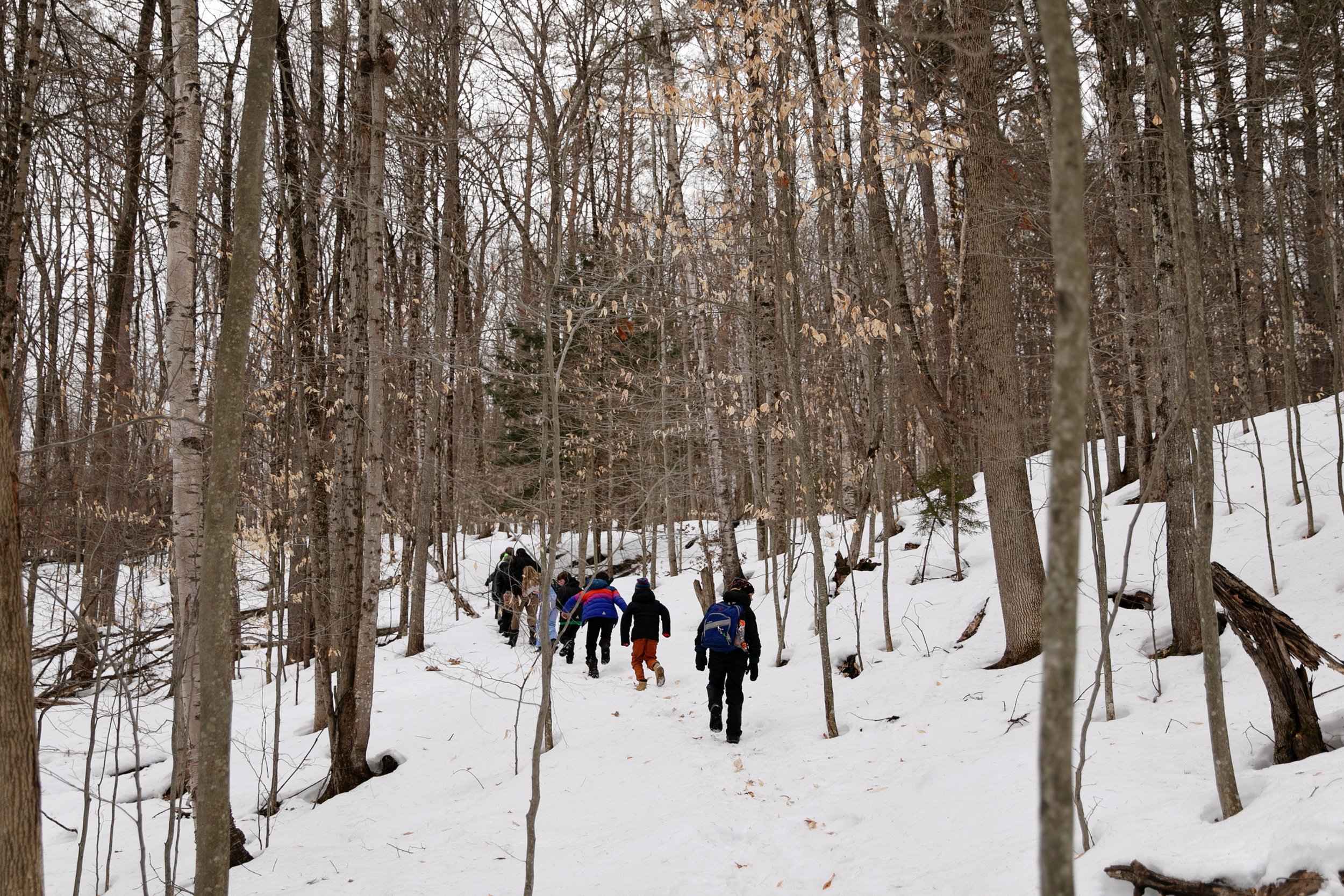Vermont is “Forest Strong”
Almost 80% of Vermont is covered in forests and nearly 3 million acres of these forests have been under some form of long-term sustainable forest management. Vermont and the neighboring Northeastern states are in a unique situation. There are only four areas on the planet that have this high-value northern temperate type of forests, and Vermont forests are at such a level of maturity and management, they now contain some of the finest timber resources in the world.
We depend on these forests for myriad benefits. Water and air are filtered through forests, improving water and air quality. Carbon is absorbed and stored in our forests, helping to reduce greenhouse gas influence on our climate. Wildlife depends on forests for habitat and thrive in the managed forests of Vermont. Our rural economy is strengthened by an active forest products industry that provides over 9,000 jobs and boasts a gross domestic product (GDP) of over $1.4 billion of direct output.
Maples are the dominant tree species in many of our forests. Sugar and red maple mixed with other associated hardwoods make up 71% of the forests in Vermont. It’s no wonder that a vibrant maple sugar industry is so profound in Vermont. The maple sugar industry is a major contributor to the forest-based economy.
Vermont ranks No. 1 nationally, producing close to 3 million gallons of pure maple syrup annually, which amounts to approximately 45% of the production of maple syrup in the entire United States.
Maple sugar supports over 4,000 jobs and exceeds $54 million in revenue. Maple is a large reason for tourism attracting thousands of visitors to observe the making of Vermont maple syrup and other maple sweets.
We celebrate our forest products and maple sugar industries for their contributions to our economy, the beauty of our working landscape, and our way of life.
Therefore, as long as we can continue to manage forests to be resilient and healthy, we can thwart the many threats such as insect and invasive species attacks, climate changes and extreme weather events. It is because of these uses we can, with confidence, keep Vermont’s forests as forests.
Ed Larson of Montpelier is a consulting forester and current Chair of the CVEDC Board of Directors




